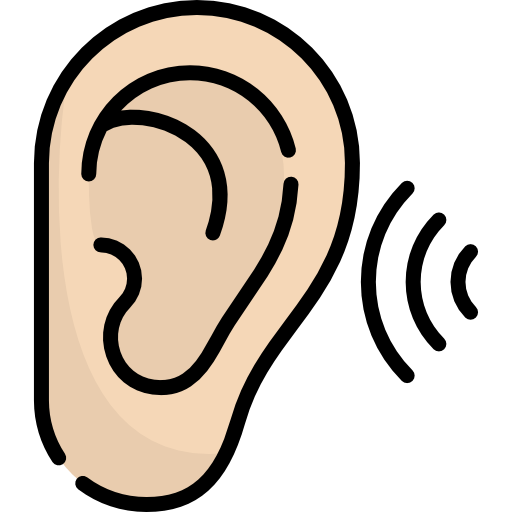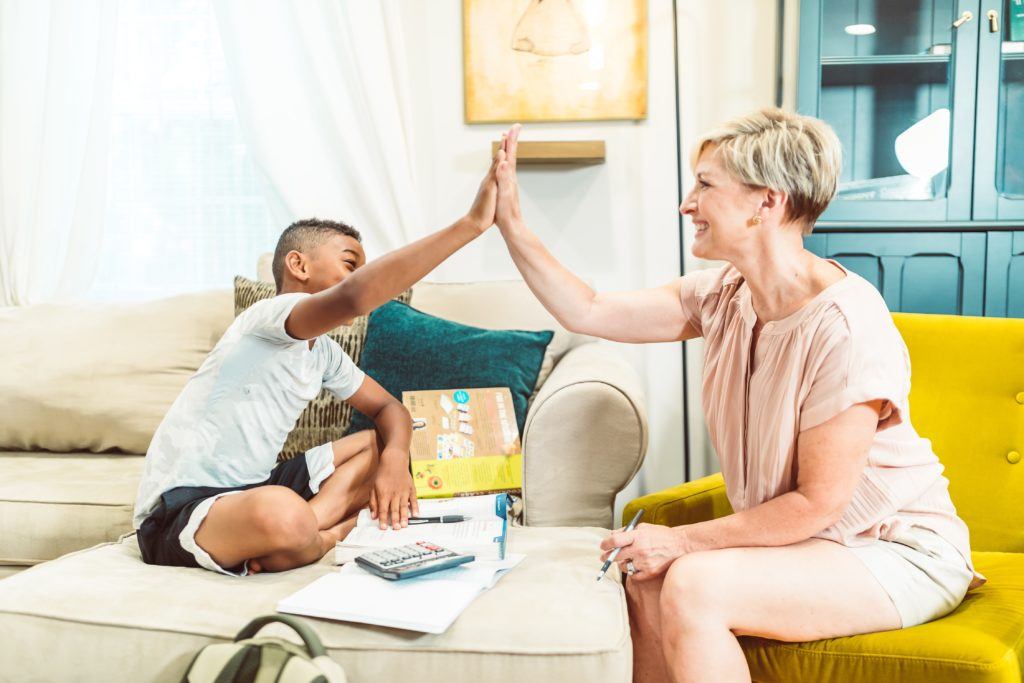Some kids find studying and test-taking to be effortless, but for most it is a major learning curve. Helping your child establish effective studying habits can set them up for academic success in the future. The first step in doing so is understanding their learning style.
Breaking Down Learning Styles
- Visual Learners
- Tactile Learners
- Kinesthetic Learners
- Auditory Learners
So, What’s the Difference?

Visual Learners learn best through seeing. Children that are visual learners excel by reading and observing the content and material they are working on. Flashcards, whiteboards, and demonstrations that can be absorbed visually will be the most helpful for them to succeed.

Tactile Learners learn through touch. Doodling and drawing pictures are a great way to help your child study and memorize. Writing out flashcards and doing hands-on projects and activities at home can also be an excellent tool to assist with learning and retention.

Kinesthetic Learners learn best through movement and activities. Whatever keeps your child active and physically engaged will help them best retain information and lessons. Does your child have trouble sitting for long periods? This may be an indication that they’re a tactile learner! Try an activity approach when studying and doing homework. Spicing schoolwork up with interesting activities can make all the difference.

Auditory Learners learn best with their ears. Listening and verbal discussion are ways your child can study and engage in academic activities if they are an auditory learner. Try talking through a lesson or concept with them rather than doing an activity or having them write things down. Another helpful tip is to limit background activity and noise to keep them engaged and focused.
How Can You Determine Your Child’s Learning Style?
Now that you understand the different types of learning styles, it’s time to learn what works best for your child. Your child’s learning style can be identified through characteristics that make them who they are. Take a look at their interests. For example: Do they enjoy reading, writing, listening to music, watching television, or playing sports? Think about what holds their interest.
If you’re still struggling to understand how your child learns best, don’t be afraid to check in with their teachers! Teachers may be able to tell you if they speak in class, ask questions, get excited for projects, or quietly listen. This additional information can give you a more accurate representation of what your child is like in a learning setting.
Be Patient and Use Your Resources!
Young children can be stubborn when it comes to studying and homework. Be patient with them. They are learning what works best for them, just as you are gaining a better understanding of how you can assist them. Maintain open communication between you and your child and try not to get too frustrated. Experiment with different types of activities to see what grabs and holds their attention the most. Spend time getting to understand the different types of styles and how to identify them.
Visit www.ayskids.org/school-programs to learn how AYS can support your child’s learning and social development!

